- News
- Reviews
- Bikes
- Components
- Bar tape & grips
- Bottom brackets
- Brake & gear cables
- Brake & STI levers
- Brake pads & spares
- Brakes
- Cassettes & freewheels
- Chains
- Chainsets & chainrings
- Derailleurs - front
- Derailleurs - rear
- Forks
- Gear levers & shifters
- Groupsets
- Handlebars & extensions
- Headsets
- Hubs
- Inner tubes
- Pedals
- Quick releases & skewers
- Saddles
- Seatposts
- Stems
- Wheels
- Tyres
- Tubeless valves
- Accessories
- Accessories - misc
- Computer mounts
- Bags
- Bar ends
- Bike bags & cases
- Bottle cages
- Bottles
- Cameras
- Car racks
- Child seats
- Computers
- Glasses
- GPS units
- Helmets
- Lights - front
- Lights - rear
- Lights - sets
- Locks
- Mirrors
- Mudguards
- Racks
- Pumps & CO2 inflators
- Puncture kits
- Reflectives
- Smart watches
- Stands and racks
- Trailers
- Clothing
- Health, fitness and nutrition
- Tools and workshop
- Miscellaneous
- Buyers Guides
- Features
- Forum
- Recommends
- Podcast
TECH NEWS
 bontrager_aeolus_xxx_-_16.jpg
bontrager_aeolus_xxx_-_16.jpgBontrager's new Aeolus XXX wheels offer "best-in-class aerodynamics"
Bontrager has released a new lineup of Aeolus XXX carbon road wheels for road, cyclocross, and gravel/adventure. The lineup features three rim depths and a redesigned shape that Bontrager says is lighter and more aerodynamically efficient than its previous designs, with a massively improved braking performance.
The new shapes are designed to provide extra stability in crosswinds, the idea being that you can run a deeper rim without compromising handling.
“[We] plotted over 10,000 aerodynamic shapes while developing Aeolus XXX, with each new design building on the strengths and learning from the shortcoming of those previous,” says Bontrager. “Shapes were further refined by selecting leading shapes and analysing them each to find the ideal balance between strength and weight. [We] ultimately landed on three unique rim profiles that each provide leading stability, speed, and weight for their depth.”
These are they:
• Aeolus XXX 2 28mm depth, rim weight 370g
Bontrager says, “It’s the lightweight climber that’s strong enough for cyclocross and gravel riding.”
• Aeolus XXX 4 47mm depth, rim weight 430g
Bontrager says, “Do-it-all workhorse performance. It’s the most versatile option for everyday aero performance.”
• Aeolus XXX 6 60mm depth, rim weight 500g
Bontrager says, “Ultimate speed with unmatched stability, bringing an ultra-aero wheel to more riders and conditions.”
Each is available in four different options: tubeless-ready/rim brake, tubeless ready/disc brake, tubular/rim brake and tubular/disc brake. The front wheel is £899.99 and the rear is £1,099.99 in all cases.
Bontrager says that it concentrated greatly on stability during the development of the Aeolus XXX wheels.
“Reducing aerodynamic drag can give a rider ‘free speed’ but wheel stability is just as important of a consideration in overall rim design,” says Bontrager in a white paper that accompanies this launch. “By increasing wheel stability we can give a rider more confidence to ride a deeper wheel faster, and in more conditions.
“We performed a detailed research study on wheel aerodynamic stability. We started by comparing actual ride wind speed and yaw data with rider feedback indicating feelings of instability. This allowed us to identify riding conditions that can make a wheel feel unstable. Results showed that large changes in steering torque caused by high front wheel side forces is the largest contributor to instabilities. We took this data and coupled it with actual wind tunnel runs of the same wheels at the same wind speed and yaw to identify specific crosswind forces that we needed to design for to make a wheel more consistently stable.”
This figure (above), from Bontrager's white paper, shows drag versus side force (both averaged over 0-20° and rim weight data for the Aeolus XXX lineup and best in class competitors. All data shown here is Bontrager's own.
These figures (above) show the front wheel drag of the Aeolus XXX 4 versus competitor wheels, and the front wheel side force of the Aeolus XXX 4 versus the competition. Again, all data is Bontrager's own.
Bontrager claims that it has addressed the limitations of braking on carbon, particularly focusing on wet conditions. Most carbon wheels fall short in this respect compared to alloy, although Mavic, for example, uses a laser process on some of its wheels to remove the resin from the surface of the brake track while leaving the carbon fibre intact, and the braking performance is excellent..
“Thanks to a unique, laser-etched texture on the braking surface called Laser Control Track, the wheels offer braking performance that is on par with alloy rims while providing better modulation and an increased sense of control,” says Bontrager.
We’ve not yet used these wheels so we can’t comment on the performance ourselves. They’re designed to work with Swissstop Black Prince pads.
These figures show braking lever force versus braking force data for wet and dry conditions on Aeolus XXX wheels with Laser Control Track, Aeolus D3 TLR and Paradigm alloy rims.
The Aeolus XXX rims have a 21mm internal rim width that’s designed to provide support for wider tyres, and come with TLR strips for those who want to run tubeless tyres.
“From an aerodynamic perspective, Aeolus XXX were designed around a 25mm tyre and were also tested with 28mm tyres to validate the aero qualities with wider tyres,” says Bontrager.
The minimum tyre width they’re designed to take is 23mm.
They feature DT-Swiss hub internals with 36-point star ratchets that provide fast engagement when you start pedalling (10°) and they’re laced with DT-Swiss Aerolite spokes. The wheels have no rider weight limits.
All of the rim brake models are available immediately, as are the Aeolus XXX 2 disc models. Aeolus XXX 4 and Aeolus XXX 6 disc models will be available in June.
There’s also a new Aeolus Pro 5, a 50mm deep tubeless-ready, rim brake wheelset that, according to Bontrager, balances durability, weight, and aerodynamics. It’s aggressively priced at £549.99 front, £649.99 rear.
Whereas Aeolus XXX wheels have a new profile and are made at Trek’s Global Headquarters in Wisconsin, USA, the Aeolus Pros are designed to provide a value alternative with profiles borrowed from previous Aeolus D3 models.
Mat has been in cycling media since 1996, on titles including BikeRadar, Total Bike, Total Mountain Bike, What Mountain Bike and Mountain Biking UK, and he has been editor of 220 Triathlon and Cycling Plus. Mat has been road.cc technical editor for over a decade, testing bikes, fettling the latest kit, and trying out the most up-to-the-minute clothing. He has won his category in Ironman UK 70.3 and finished on the podium in both marathons he has run. Mat is a Cambridge graduate who did a post-grad in magazine journalism, and he is a winner of the Cycling Media Award for Specialist Online Writer. Now over 50, he's riding road and gravel bikes most days for fun and fitness rather than training for competitions.
Latest Comments
- whosatthewheel 1 sec ago
Must have been ages ago? Fences have stopped using Ebay, and if it is a very expensive, rare and customised bike, like mine was, those get shipped...
- Bungle_52 53 min 28 sec ago
So let me get this straight. Ignore the driver and report using, presumably, OpSnap and the Met do nothing. Post it on social media, which they...
- thrawed 1 hour 7 min ago
And if the money spent was specifically earmarked for active travel I would rather an extra metre of segregated cycle lane somewhere else.
- Bungle_52 1 hour 23 min ago
Well now I've heard the excuses and had time to digest them I'm not impressed to say the least....
- Velophaart_95 1 hour 32 min ago
You could always try riding flats and a pair of normal trainers. Works for lots of people who aren't wannabe pro racers......
- Rendel Harris 2 hours 23 min ago
Definitely legal and a number of teams have used them, I remember an interview with IPT's chief technician a couple of years back where he revealed...
- slc 2 hours 34 min ago
I cycled up Marsh Lane yesterday, and went through the bus gate behind the new number 16 bus (temple meads to kingswood via barton hill). So that...
- Surreyrider 2 hours 35 min ago
If I had to pick an annual race (bar Covid) I'd go for Paris-Roubaix....
- hawkinspeter 3 hours 52 min ago
I share that hope too. I think it's slightly more complicated as the lower courts ordered that he had to be returned and now the Supreme Court have...
- Hirsute 4 hours 53 min ago
Although since September:...

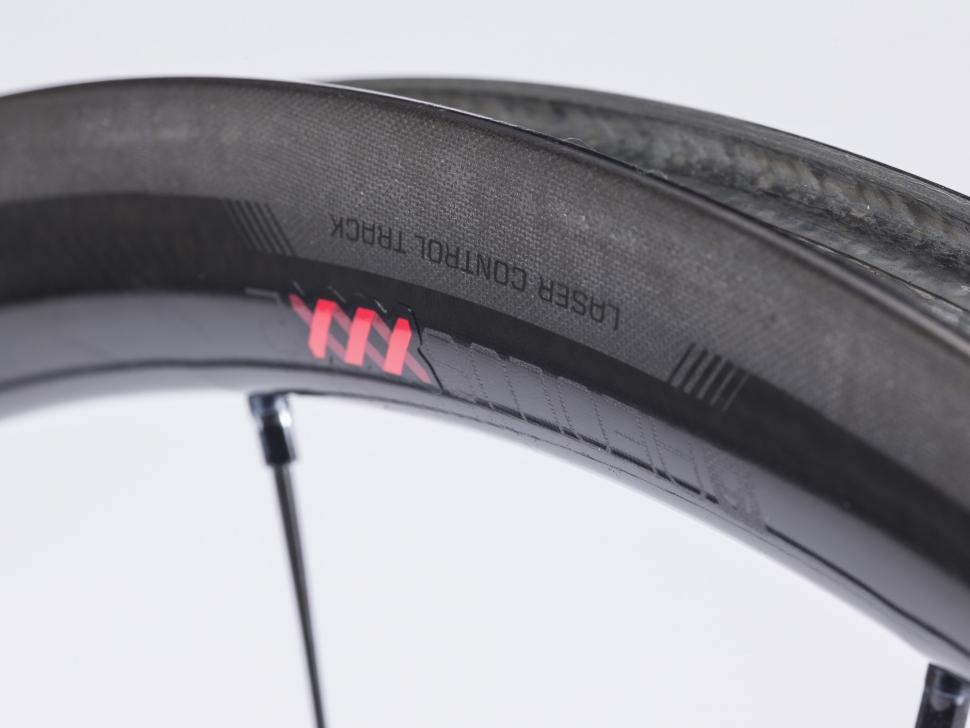
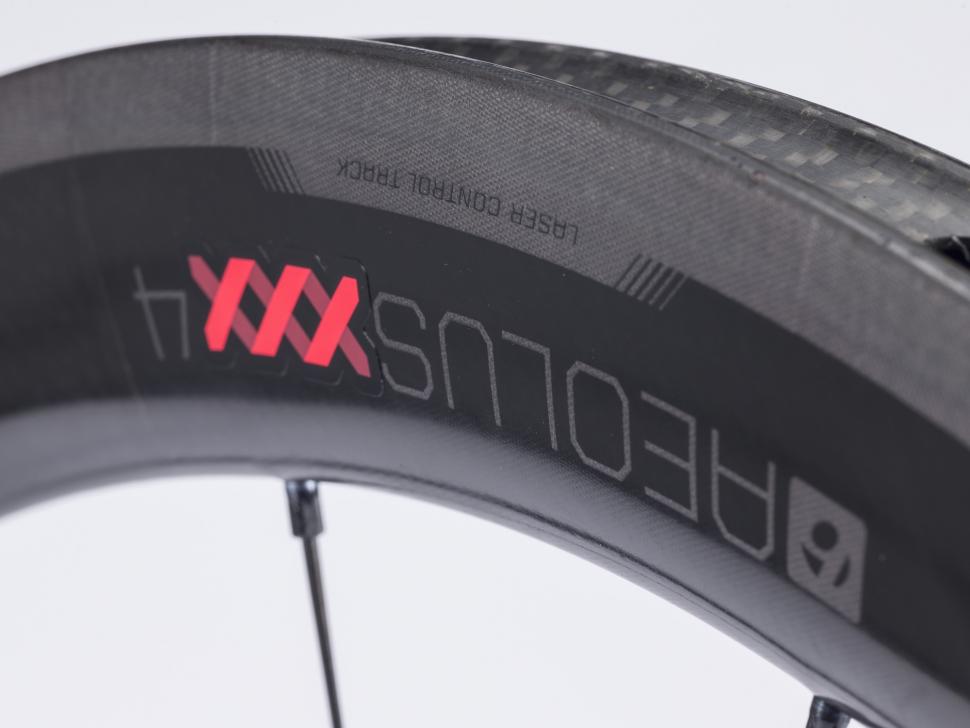
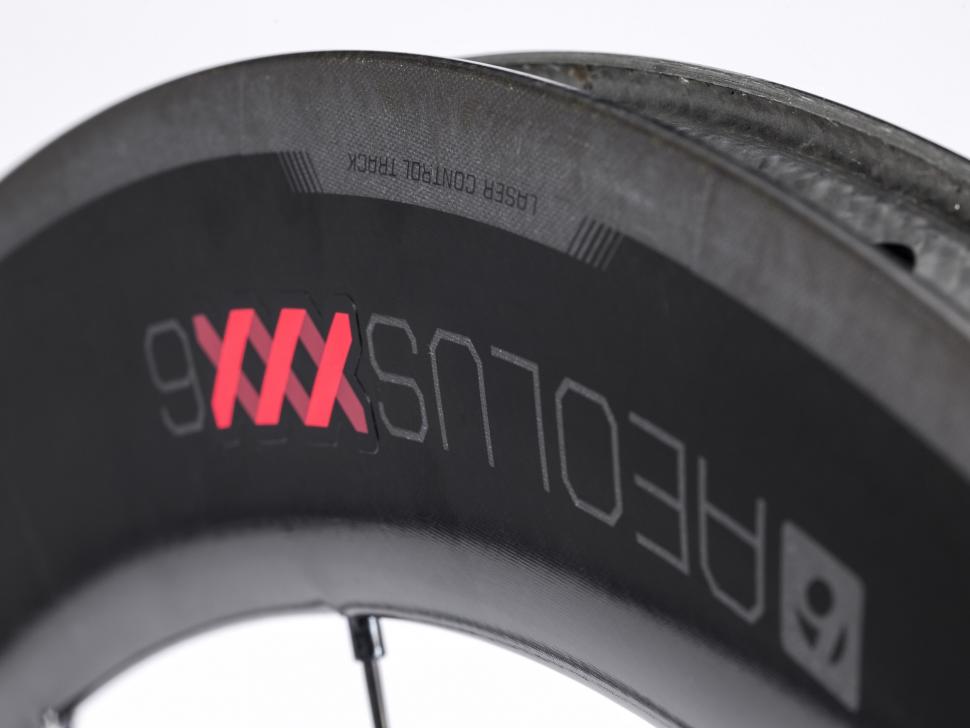

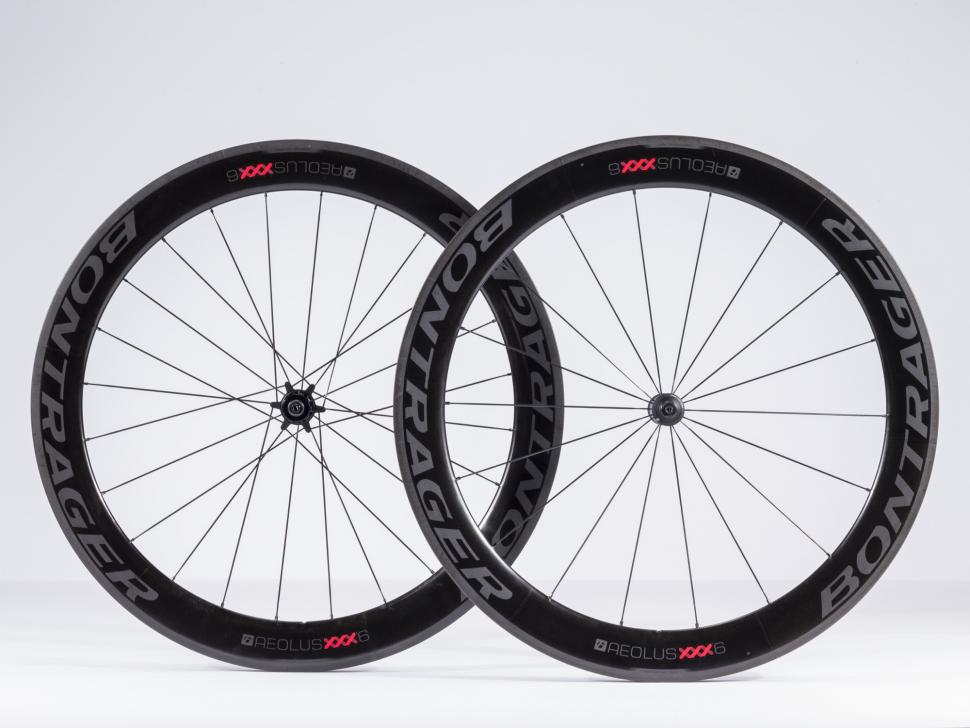



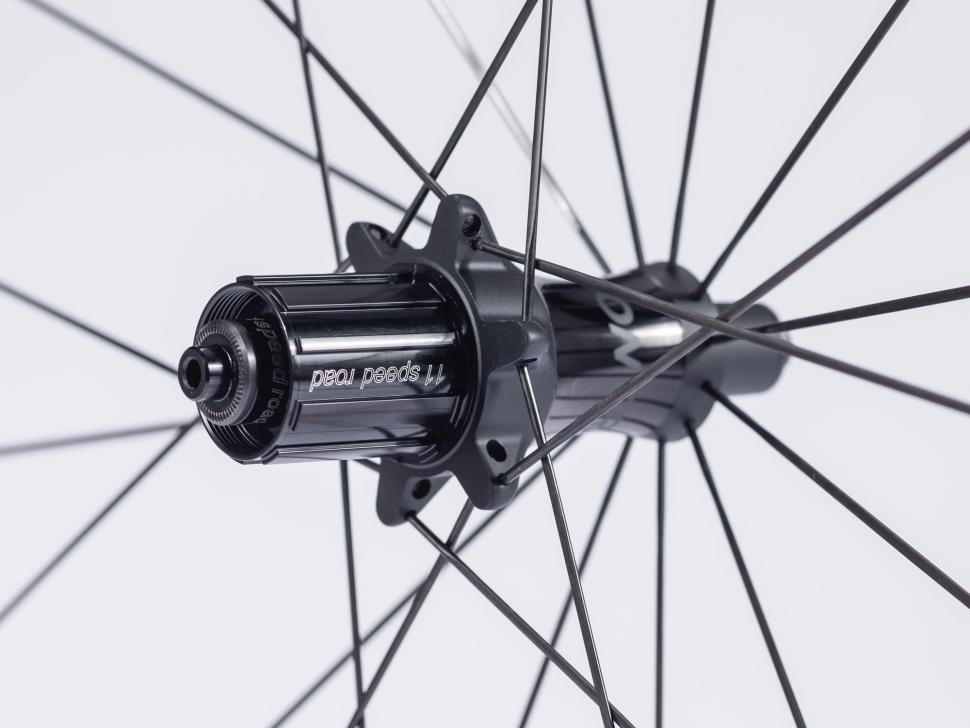

Add new comment
6 comments
Why is it that every manufacturer's aero tests shows their wheels to be the best?
Doesn't make sense surely. They can't ALL be the best!
Maybe we need an independent testing body (like the mpg one for cars) so that the punter can see a fair comparison.
I'd love a pair of carbon wheels, but as all my bikes are rim braked I'm not sure how long they'd last. I'd love to hear from someone who's worn a set out. I've just worn through a GBP 90 rear Hed Belgium rim (30,000km over 2 years) and I'm not sure I could really justify grinding a GBP 1100 carbon rear rim to destruction...Dare I say it, there doesn't seem to be much weight saving either, if any.
It's unlikely that you'd be riding carbon rims all year round so you'll get a good shelf life from them. I've never worn out a pair - current hoops are just over 3 years old now and still run great.
Alu Mavic rims on the other hand - used through 3 winters and are utterly fucked!
Any ideas on rider weight limit?
GCN recently posted a YouTube video on these new wheels, and IIRC they stated that there was no max rider weight limit. Which will make me very happy if I ever end up with enough money to buy them
It does mention that in the story - there are no rider weight limits.
If you're interested in other details, check out the white paper (Google it and you'll find it online). It's 30-odd pages but it's not hard going and tells you pretty much everything of relevance.